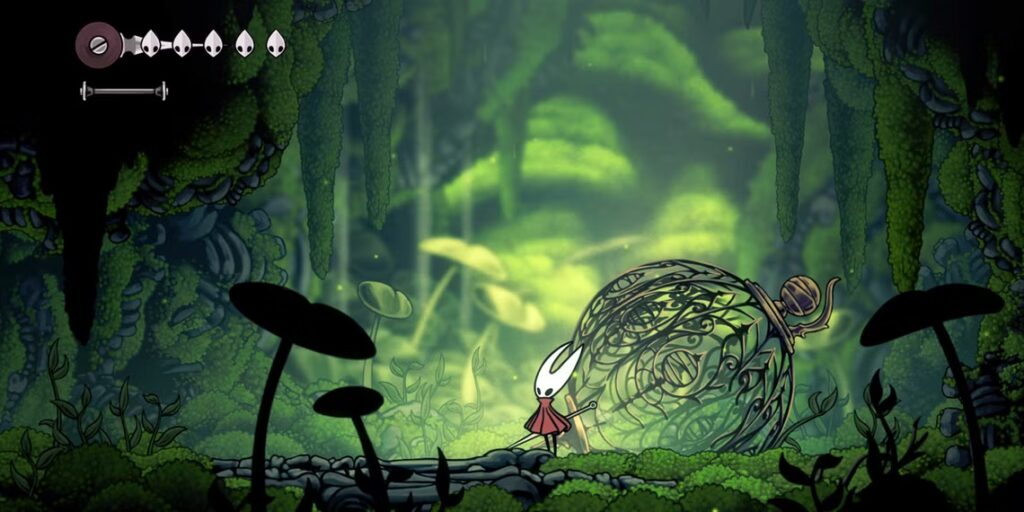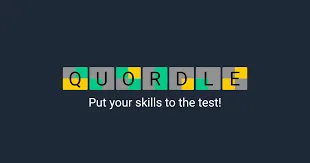How to Find the White Key and Unlock the Surgical Symbol Elevator in Hollow Knight Silksong
Discover how to find the White Key and unlock the mysterious elevator with a surgical symbol in Hollow Knight Silksong’s Coral Chambers. Complete walkthrough included.
Understanding Silksong’s Lock and Key System
One of the most intriguing mysteries you’ll encounter in Hollow Knight: Silksong is the locked elevator bearing a surgical symbol in the Coral Chambers. If you’re new to the game, this might be your first real encounter with Silksong’s interconnected progression system – where keys found in one area unlock secrets in completely different locations.
This particular puzzle is a perfect example of how Team Cherry designed Silksong to reward thorough exploration and backtracking. Unlike some games where locked doors feel like artificial barriers, this elevator serves as a gateway to optional content that significantly enriches your understanding of the game’s world and lore.

Locating the Mysterious Surgical Symbol Elevator
The elevator with the white lock bearing a surgical symbol sits in the Coral Chambers, specifically in the first vertical shaft you’ll encounter when entering this area from the Underworks. What makes this location particularly interesting is its placement – it’s positioned in a way that naturally draws your attention during exploration, but the solution isn’t immediately obvious.
Navigation tip: When you reach the Coral Chambers, you’ll drop into a large vertical space. Look for the distinctive arrowhead symbol on a sign to the right – this marks the entrance to the elevator room. The surgical symbol on the lock itself is quite detailed, featuring what appears to be medical or scientific instruments, hinting at the area’s purpose.
The lock’s description mentions it’s “white” and bears a “surgical symbol,” which isn’t just flavor text – these details actually provide important clues about where you’ll eventually find the matching key. Keep these descriptors in mind as you explore, as they’ll help you recognize the key when you encounter it.
The Journey to Songclave: More Than Just Key Hunting
To obtain the White Key, you’ll need to progress deeper into the Citadel until you reach the Songclave area. This isn’t just a simple fetch quest – the journey itself introduces you to several important game mechanics and story elements that you’ll need to understand for later progression.
The path through the Citadel teaches you about the game’s vertical exploration philosophy. Unlike the original Hollow Knight’s more horizontal approach, Silksong often requires you to think in three dimensions, using your wall jump abilities and other traversal skills to navigate complex vertical spaces.
Exploration insight: The Citadel’s design philosophy centers around layers of accessibility. Areas that seem unreachable on your first visit often become accessible once you’ve gained new abilities or completed certain story beats. This encourages multiple visits to the same areas, each time revealing new secrets.

The First Shrine: A Key Story Moment
Upon reaching Songclave, you’ll encounter the First Shrine – a massive structure that serves as both a gameplay landmark and a crucial story element. The shrine houses a large bell that’s been covered in webs, and while freeing this bell isn’t technically required for obtaining the White Key, doing so triggers an important story sequence.
The Caretaker encounter: When you ring the bell, it summons an NPC called the Caretaker, who provides valuable context about the area’s history and purpose. This conversation isn’t just exposition – it actually sets up several side quests and reveals information about NPCs you can help later in the game.
More importantly, freeing the bell and speaking with the Caretaker establishes the First Shrine as a safe haven for various NPCs throughout your journey. This becomes particularly valuable in later acts when you’re managing multiple questlines and need reliable places to find specific characters.
Securing the White Key: Location and Strategy
After your conversation with the Caretaker concludes, head right from the First Shrine toward the golden gates. The White Key’s placement here is intentional – it’s positioned in a location that feels natural and earned rather than arbitrary. You’ve just completed a significant story beat, and the key serves as your reward for thorough exploration and engagement with the game’s narrative elements.
Important detail: The key’s design matches the surgical symbol on the lock, featuring similar medical or scientific motifs. This visual consistency helps reinforce the connection between the two items and makes the solution feel logical rather than random.
The golden gates themselves are worth noting – they represent another layer of progression that you’ll return to later with different abilities or story developments. Silksong excels at these moments where current objectives exist alongside hints of future content.
Returning to Coral Chambers: Backtracking Done Right
The journey back to the Coral Chambers gives you a chance to appreciate how much you’ve learned about navigation and the game world since your first visit. Areas that seemed confusing initially now feel familiar, and you might notice details or passages you missed the first time through.
Navigation efficiency: By this point in the game, you should have access to fast travel bellways that can significantly reduce backtracking time. Learning to use these efficiently becomes crucial for managing the game’s more complex quest requirements.
When you return to the elevator, using the White Key triggers a satisfying mechanical animation that opens access to the Whiteward area below. This isn’t just a simple door opening – the elevator descent serves as a transition sequence that builds anticipation for what you’ll discover.
Exploring Whiteward: What Awaits Below
The Whiteward area accessed by this elevator contains some genuinely surprising content that’s easy to miss if you’re rushing through the main story. The surgical theme continues here, with environmental storytelling that provides insight into the scientific or medical activities that once took place in this part of the Citadel.
Combat preparation: The optional boss fight mentioned in the original guide is no joke. Make sure you’ve upgraded your needle and have a solid understanding of combat mechanics before attempting it. This boss serves as a skill check for players who are thorough explorers versus those who stick to the critical path.
The items you can find in Whiteward aren’t just useful – they often provide context clues for other areas and quests. Pay attention to item descriptions and environmental details, as they frequently contain hints about other secrets you can pursue.
Why This Quest Matters for New Players
For newcomers to Silksong, this white key quest serves as an excellent introduction to the game’s philosophy of rewarding exploration and attention to detail. It teaches you that locked doors aren’t necessarily roadblocks – they’re promises of future content that make revisiting areas feel rewarding rather than tedious.
The quest also demonstrates how Silksong integrates story progression with exploration rewards. The key isn’t just sitting in a random corner – it’s positioned as a natural consequence of engaging with the game’s narrative and world-building elements.
Essential Tips for Success
Take notes: Silksong contains numerous locked doors, mysterious symbols, and cryptic clues. Keeping track of these details (even mentally) will help you recognize solutions when you encounter them later.
Engage with NPCs: The Caretaker conversation isn’t just flavor text – it provides genuine gameplay benefits and story context that enhances your overall experience.
Explore thoroughly: The Whiteward area contains secrets that connect to other parts of the game. Don’t rush through just to check it off your list.
Ready to start your own exploration? You can experience Hollow Knight: Silksong on Steam, Nintendo Switch, PlayStation, or Xbox. With this guide, you’ll be unlocking mysteries and discovering hidden areas like a seasoned explorer!



